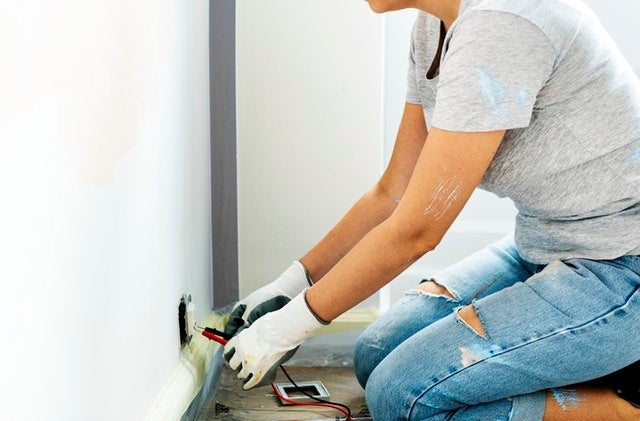
Was your home built between the mid 1960s and late 1970s? If so, it may have aluminum wiring installed in it. Back then the price for copper was high and aluminum was a lot cheaper. So due to this, in order to reduce the costs associated with new homes many home builders used aluminium wiring. At this time there were no known issues about it and the builders had the option of using copper or aluminum wiring. It wasn’t until problems started to crop up that a lot of jurisdictions changed the building codes and made sure that when building new homes aluminum wiring would not be used and would be changed to copper. The problem is not so much with the aluminum but with the connections. Aluminum has a higher rate of expansion than copper wiring, which could lead to loose connections, arcing and melting. These attributes can increase the chance of fire.
However, don’t be alarmed. It doesn’t mean that all your wiring will now have to be ripped out and all the aluminum wiring replaced with copper. The problem is when the aluminum wiring attaches at the receptacle, such as a light switch or a wall plug. There are now guidelines that will allow you to address this issue — mainly due to insurance companies taking issue with the wiring when the “fault” is not with the actual aluminum wiring, but the source for electrical engagement, such as the aforementioned switch or plug. If you need to replace a switch or plug, you electrician will replace with a type specifically approved for aluminum wiring.
"Pigtailing" is a term used to connect copper tails at working connections. Typical locations for pigtailing would be at light fixtures, major appliance receptacles and GFCI receptacles for example. In order to connect copper pigtails to aluminum, special connectors are used. Ask your electrical contractor what he recommends for upgrading at all working connections.
If repairs are required, remember that if you’re hiring someone to do electrical work in your home, by law it must be a Licensed Electrical Contractor. It is recommended you hire one familiar with aluminum wiring. Before making the repairs, the Licensed Electrical Contractor should do an assessment and take out any necessary permits, so the work is subject to review and inspection by ESA. Be sure to obtain a copy of the Certificate of Inspection for your records.
